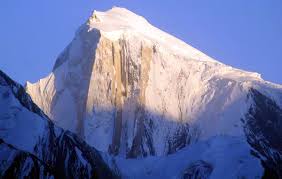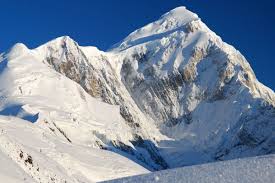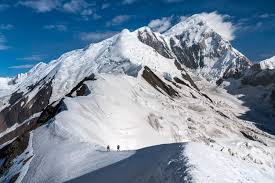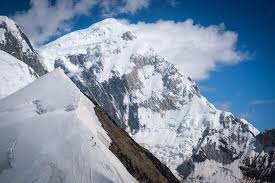Embark on an exceptional alpine journey to Spantik Peak, a stunning gem of the Karakoram—guided by seasoned experts for an unforgettable and challenging ascent.
Spantik Peak can be ascended via two different routes. The first successful ascent was made by Mikhail Davy and Alexander Klenov. Initially, they climbed using the first section of the English Route, then switched to a new route that required 11 camps. In 1987, an international team led by Victor Saunders chose the English Route for their climb, reaching the summit in 5 days, from August 5th to August 11th, 1987. They faced some of the most challenging rock faces in the entire Karakoram Range. Located in the Haramoshi and Rakaposhi massif, Spantik Peak is near the Barpu Garumbar glaciers. On some maps, the peak is listed as Yengutz Peak, while others refer to it as Genish Chish, which translates to "peak" in the local language. In 1892, W.M. Conway's expedition explored the glaciers surrounding the peak and ventured toward the Nushik Pass, where the team estimated the elevation of the peak to be around 5273 meters. They descended via the Arandu and Kero Lungma glaciers. In 1959, a British-Pakistan Army expedition focused on the Kero Lungma and Chogolungma glaciers, aiming to explore the region and summit smaller peaks. However, Spantik was first successfully climbed from the south ridge by a Japanese team known as Hoshi-to-Arashi (Stars and Storms), led by Nakamura. In the same year, another Japanese team from the Reiho Alpine Club, led by Y. Murata, also climbed the peak via the south ridge. Both teams noted the dangers of avalanches in the region, a constant threat on the climb.



